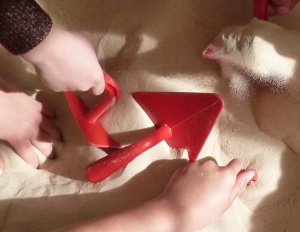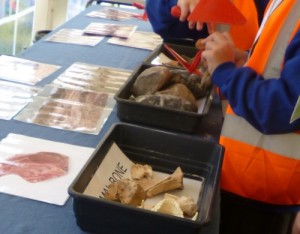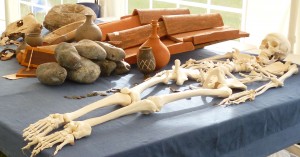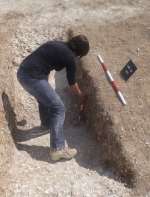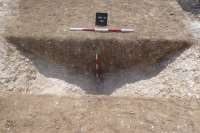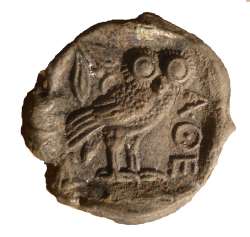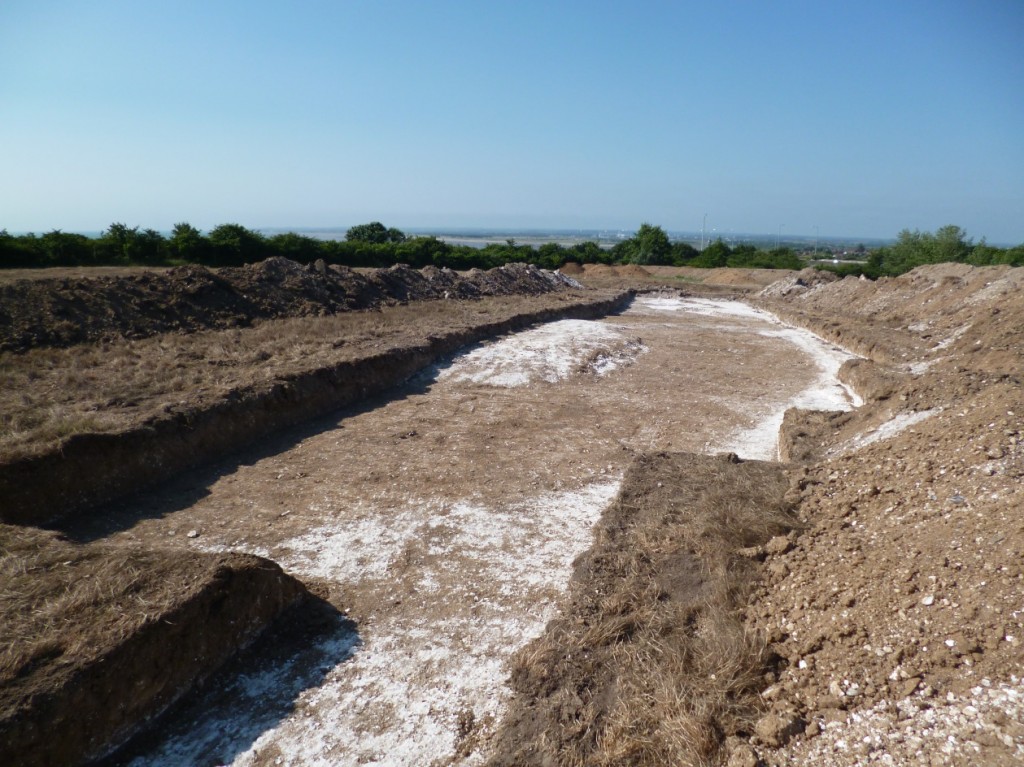This Roman Beaker features in the group of Roman pots that currently forms the mastheads of our social media pages.
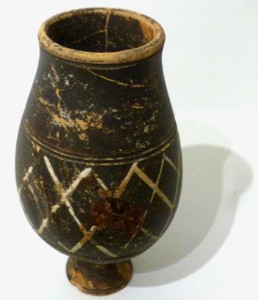
Found in a grave excavated in Ramsgate, it is one of a group of finds with great significance to understanding the Roman occupation of Thanet and Ramsgate’s ancient role as a sea port. Located at the eastern limit of an ancient track that followed the Isle’s central chalk ridge, this is the easternmost of a series of small Roman cemeteries that once lined the road.
More remarkable was the survival of the intact vessels on the small archaeological site, despite the demolition of the buildings above and the use of a large toothed mechanical excavator bucket to grub out the foundations of the building that stood above it.
Despite the discoveries made on large scale excavations that have been carried out more recently, this small excavation was located in a perfect place to fill in the physical details of several antiquarian references and observations in the area which can not now be verified as the finds and records have been dispersed or lost.
Perhaps the story of greater human interest held by this vessel are the impressions of the fingers of someone who grasped the body of the vessel before the clay had dried and left a lasting memorial of their otherwise unrecorded existence on this beautiful vessel.
The vessels and the other finds from this site form a key part of the collection of artefacts the Trust holds and uses as part of the teaching material of the Virtual Museum. The excavation remains a milestone in our history of archaeological discoveries which have added to our knowledge of Thanet’s distant past.
